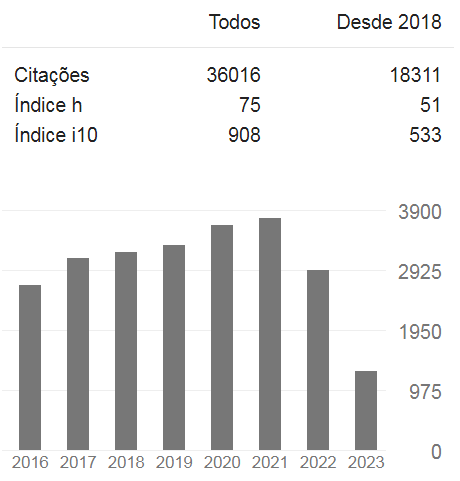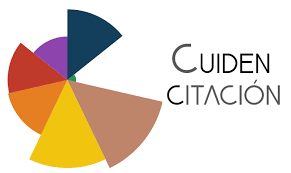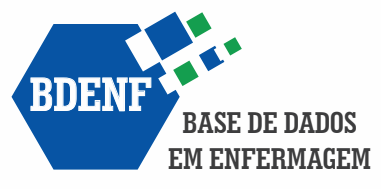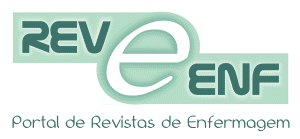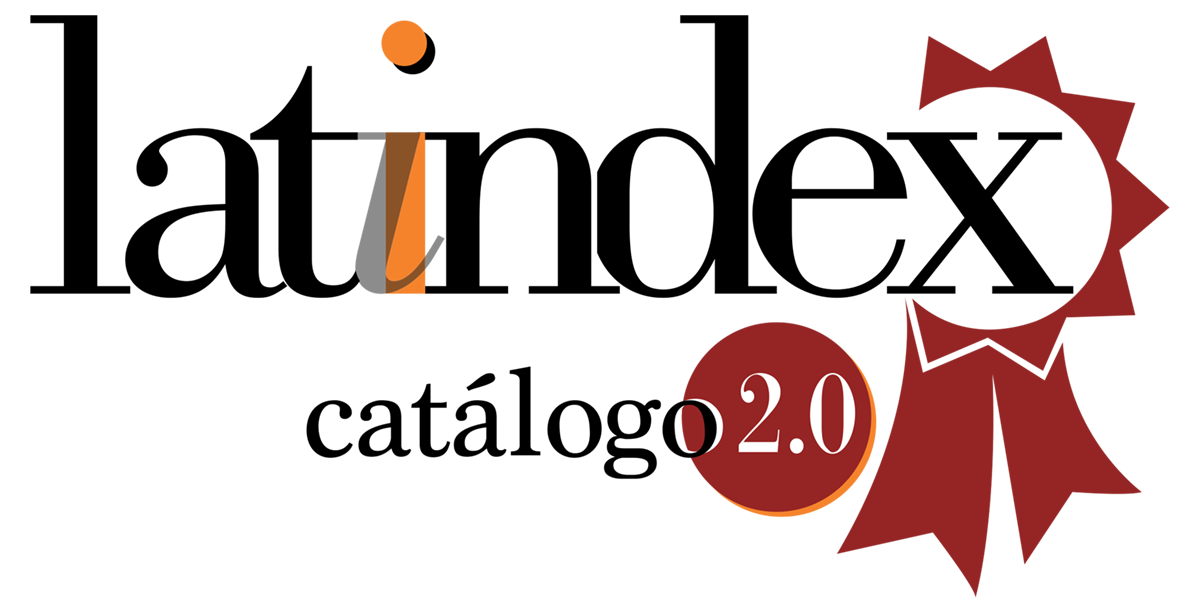Use of simulations in the teaching of the airway aspiration technique
controlled randomized clinical trial
DOI:
https://doi.org/10.5935/1415-2762.20180020Keywords:
Nursing, Teaching, Clinical Trial, Simulation, SuctionAbstract
This study aimed to evaluate the effect of the use of simulations to teach lower airway aspiration. This is a randomized controlled clinical trial conducted
at a federal public university in October 2016. The sample was composed of 33 students randomly assigned to intervention (n = 17) and control (n =
16) groups. The intervention evaluated the teaching of the lower airway aspiration technique using simulations (individual workshops and debriefing),
and the control situation was represented by the teaching of the technique through the traditional method (expository class and group training). The
outcomes evaluated were the theoretical and practical knowledge about the skill taught, whose maximum scores were, respectively, 19 and 29 points.
Data were analyzed using descriptive and inferential statistics. In the theoretical knowledge, the average number of correct answers in the intervention
group was 15.1 points and in the control group it was 15.5 points. In the practical evaluation, the mean score in the intervention group was 22.9 points
and in the control group it was 20.8 points. There was no difference in the average of correct theoretical and practical knowledge about the ability
taught between the intervention and control groups. However, students who participated in the simulated activities reported more confidence and
reliability in the development of the technique in laboratory. We suggest the replication of the study with a larger sample for comparison of the findings.
Brazilian Registry of Clinical Trials: RBR-8bsmyz.
References
Oliveira SN, Prado ML, Kempfer SS. Utilização da simulação no ensino da enfermagem: revisão integrativa. REME - Rev Min Enferm. 2014[citado em 2017 maio 24];18(2):487-95. Disponível em: http://www.reme.org.br/artigo/detalhes/941
Baptista RCN, Martins JCA, Pereira MFCR, Mazzo A. Simulação de altafidelidade no curso de enfermagem: ganhos percebidos pelos estudantes. Referência. 2014[citado em 2017 maio 24];IV(1):135-44. Disponível em: http://www.scielo.mec.pt/scielo.php?script=sci_arttext&pid=S087402832014000100015&lng=pt.
Kohn L, Corrigan J, Donaldson M, editors. To err is human: building a safer health system. Washington (DC): National Academies Press; 2001.
Teixeira CRS, Pereira MCA, Kusumota L, Gaioso VP, Mello CL, Carvalho EC. Evaluación de los estudiantes de enfermería sobre el aprendizaje con la simulación clínica. Rev Bras Enferm. 2015[citado em 2017 maio 20];68(2):311-9. Disponível em: http://www.scielo.br/scielo.php?script=sci_arttext&pid=S0034-71672015000200311&lng=en.
Costa RRO, Medeiros SM, Martins JCA, Menezes RMP, Araújo MS. O uso da simulação no contexto da educação e formação em saúde e enfermagem: uma reflexão acadêmica. Espaç Saúde. 2015[citado em 2017 maio 20];16(1):59-65. Disponível em: http://www.uel.br/revistas/uel/index.php/espacoparasaude/article/view/20263/pdf_63
Abreu AG, Freitas JS, Berte M, Ogradowski KRP, Nestor A. O uso da simulação realística como metodologia de ensino e aprendizagem para as equipes de enfermagem de um hospital infanto-juvenil: relato de experiência. Ciênc Saúde Coletiva. 2014[citado em 2017 maio 10];7(3):162-6. Disponível em: http://revistaseletronicas.pucrs.br/ojs/index.php/faenfi/article/view/17874/12495
Kim J, Park JH, Shin S. Effectiveness of simulation-based nursing education depending on fidelity: a meta-analysis. BMC Med Educ. 2016[citado em 2017 ago. 10];23(16):152. Disponível em: https://www.ncbi.nlm.nih.gov/pmc/articles/PMC4877810/
Shin S, Park J, Kim JH. Effectiveness of patient simulation in nursing education: meta-analysis. Nur Educ Today. 2015[citado em 2017 ago. 10];35:176-82. Disponível em: http://dx.doi.org/10.1016/j.nedt.2014.09.009
Perry AG, Potter PA, Desmarais PL. Guia completo de procedimentos e competências de enfermagem. 8ª ed. Rio de Janeiro: Elsevier; 2015.
Polit DF, Beck CT. Fundamentos de pesquisa em enfermagem: avaliação de evidências para a prática da enfermagem. 7ª ed. Porto Alegre: Artmed; 2011.
Perroca MG, Gaidzinski RR. Avaliando a confiabilidade interavaliadores de um instrumento para classificação de pacientes: coeficiente Kappa. Rev Esc Enferm USP. 2003[citado em 2016 jul. 20];37(1):72-80. Disponível em: https://www.revistas.usp.br/reeusp/article/view/41330
Pedersoli CE, Pedersoli TAM, Faro ACM, Dalri MCB. Ensino do manejo da via aérea com máscara laríngea: estudo randomizado controlado. Rev Bras Enferm. 2016[citado em 2017 jun. 19];69(2):368-74. Disponível em: http://www.scielo.br/scielo.php?script=sci_arttext&pid=S003471672016000200368&lng=en
Daniels K, Arafeh J, Clark A, Waller S, Druzin M, Chueh J. Prospective randomized trial of simulation versus didactic teaching for obstetrical emergencies. Simul Healthc. 2010[citado em 2017 jun. 28];5(1):40-5. Disponível em: https://www.ncbi.nlm.nih.gov/pubmed/20383090
Silva APSS, Cogo ALP. Aprendizagem de punção venosa com objeto educacional digital no Curso de Graduação em Enfermagem. Rev Gaúcha Enferm. 2007[citado em 2017 jun. 28];28(2):187-92. Disponível em: http://seer.ufrgs.br/RevistaGauchadeEnfermagem/article/view/3162
Meska MHG, Mazzo A, Jorge BM, Souza-Junior VD, Negri EC, Chayamiti EMPC. Urinary retention: implications of low-fidelity simulation training on the self-confidence of nurses. Rev Esc Enferm USP. 2016[citado em 2017 ago. 20];50(5):8317. Disponível em: http://www.scielo.br/scielo.php?script=sci_arttext&pid=S0080-62342016000500831&lng=en.
Downloads
Published
Issue
Section
License
Copyright (c) 2018 Reme: Revista Mineira de Enfermagem

This work is licensed under a Creative Commons Attribution 4.0 International License.



